- Home
- Foot & Ankle Conditions
- Fractures and Breaks
- Calcaneal Fracture
- Published 6/1/2018
- Last Reviewed 12/19/2023
- Published 6/1/2018
- Last Reviewed 12/19/2023
Diego came to UFAI after falling twenty feet from scaffolding. Here's his story.
What's a calcaneus (heel bone) fracture?
A calcaneus fracture is a fracture of the large bone at the heel of your foot.
Calcaneal fractures are serious injuries usually seen in patients who have experienced a high-energy event that results in axial loading of the bone (stress being applied along the bone’s axis). Landing on your feet after a long fall or being in the front seat during an automobile accident are common mechanisms of injury.
- What are the types of calcaneal fractures?
- What are the symptoms of a calcaneal fracture?
- How is a calcaneal fracture diagnosed?
- What are the calcaneal fracture treatment options?
- What are potential complications of calcaneal fracture surgery?
- What is the recovery from calcaneal fracture surgery
- Why UFAI is your best choice for foot and ankle care
- Calcaneal fracture FAQs
- What are extra-articular fractures?
- How common are calcaneal fractures?
-
Foot and Ankle Surgeon at University Foot and Ankle Institute
Dr. Justin Franson, DPM, is a Board Certified Podiatric Foot and Ankle Specialist and Diplomate of the American Board of Podiatric Surgery. He attended the School College of Podiatric Medicine in Chicago, graduating in 2001. Dr. Franson then accepted a three-year residency program at the Greater Los Angeles VA and UCLA County Hospital.
Dr. Franson specializes in several areas including total ankle replacement and sports medicine. Treating athletes and weekend warriors like himself brings him a lot of joy. Dr. Franson keeps active with running marathons, triathlons, hiking, basketball, and golf.
Read Our Blog Articles About Fractures and Breaks
- Lawn Mowing Causes Lots of Foot Injuries: How to Stay Safe!
- 9 Tips to Help Find the Best Podiatrist for Your Foot Care
- 7 Causes of Inner Ankle Pain Revealed!
- Metal Surgical Screws and Pins May Become Thing of the Past
- 5 Reasons Why You Have Pain on the Outside of Your Foot
- 6 Common Foot Problems that Affect Men and Boys
- Expert Insights On Treatment Options For Cystic Lesions Of The Talus
- Tom Cruise Stunt Mishap Leads to Severely Broken Ankle. He Then Rejects Surgery. Why?
- Sports and Overuse Injuries of the Foot and Ankle
- 5 Signs your Ankle Sprain Might be a Fracture
- There’s nothing you can do for a broken toe...Or is there?
- Dr.'s Most Interesting Cases: the Heel that wouldn't Heal!
- What Your Feet Want You to Know about Playing Tennis
- Toy Scooter Related Injuries: what you need to you know
 I went here to see Dr. Baravarian for my heel pain, which nobody was able to successfully deal with. He got me back on my feet...Greg W.
I went here to see Dr. Baravarian for my heel pain, which nobody was able to successfully deal with. He got me back on my feet...Greg W. I liked it.Liisa L.
I liked it.Liisa L. Dr. Ryan Carter is the best! It is awkward to have another guy handling your feet, but Dr. Carter explained everything that he ...Sergio D.
Dr. Ryan Carter is the best! It is awkward to have another guy handling your feet, but Dr. Carter explained everything that he ...Sergio D. I depend on the doctors at UFAI to provide cutting edge treatments. Twice, I have traveled from Tucson, Arizona to get the car...Jean S.
I depend on the doctors at UFAI to provide cutting edge treatments. Twice, I have traveled from Tucson, Arizona to get the car...Jean S. They helped me in an emergency situation. Will go in for consultation with a Dr H????
They helped me in an emergency situation. Will go in for consultation with a Dr H????
Re foot durgeryYvonne S. It went very smoothly.Maria S.
It went very smoothly.Maria S. Very happy with entire staff. They are efficient when booking the appointment to getting you into the office. The staff in th...Debbie K.
Very happy with entire staff. They are efficient when booking the appointment to getting you into the office. The staff in th...Debbie K. My experience at the clinic was wonderful. Everybody was super nice and basically on time. Love Dr. Bavarian and also love the ...Lynn B.
My experience at the clinic was wonderful. Everybody was super nice and basically on time. Love Dr. Bavarian and also love the ...Lynn B. I fill I got the best service there is thank youJames G.
I fill I got the best service there is thank youJames G. My experience with your practice far exceeded any of my expectations! The staff was always friendly, positive and informative. ...Christy M.
My experience with your practice far exceeded any of my expectations! The staff was always friendly, positive and informative. ...Christy M. Love Dr. Johnson.Emily C.
Love Dr. Johnson.Emily C. I am a new patient and felt very comfortable from the moment I arrived to the end of my visit/appointment.Timothy L.
I am a new patient and felt very comfortable from the moment I arrived to the end of my visit/appointment.Timothy L.
-
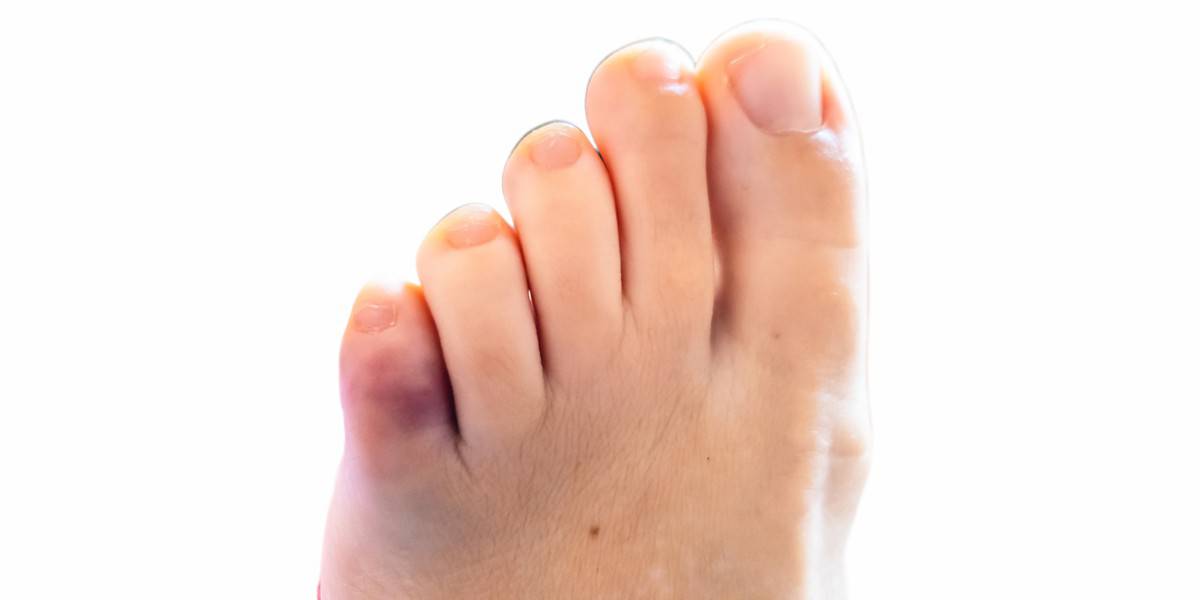 There’s nothing you can do for a broken toe...Or is there?
Read More
There’s nothing you can do for a broken toe...Or is there?
Read More
-
 Listen Now
5 Signs your Ankle Sprain Might be a Fracture
Read More
Listen Now
5 Signs your Ankle Sprain Might be a Fracture
Read More
-
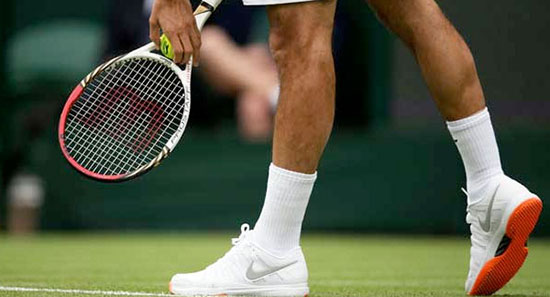 What Your Feet Want You to Know about Playing Tennis
Read More
What Your Feet Want You to Know about Playing Tennis
Read More
-
 Listen Now
5 Reasons Why You Have Pain on the Outside of Your Foot
Read More
Listen Now
5 Reasons Why You Have Pain on the Outside of Your Foot
Read More
-
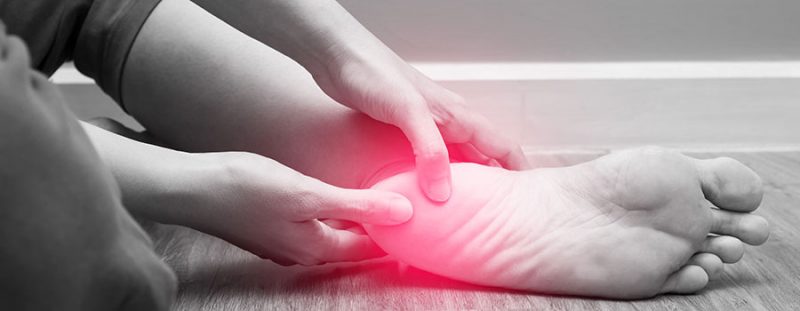 Listen Now
7 Causes of Inner Ankle Pain Revealed!
Read More
Listen Now
7 Causes of Inner Ankle Pain Revealed!
Read More
-
 Tom Cruise Stunt Mishap Leads to Severely Broken Ankle. He Then Rejects Surgery. Why?
Read More
Tom Cruise Stunt Mishap Leads to Severely Broken Ankle. He Then Rejects Surgery. Why?
Read More
-
 Sports and Overuse Injuries of the Foot and Ankle
Read More
Sports and Overuse Injuries of the Foot and Ankle
Read More
-
 6 Common Foot Problems that Affect Men and Boys
Read More
6 Common Foot Problems that Affect Men and Boys
Read More
-
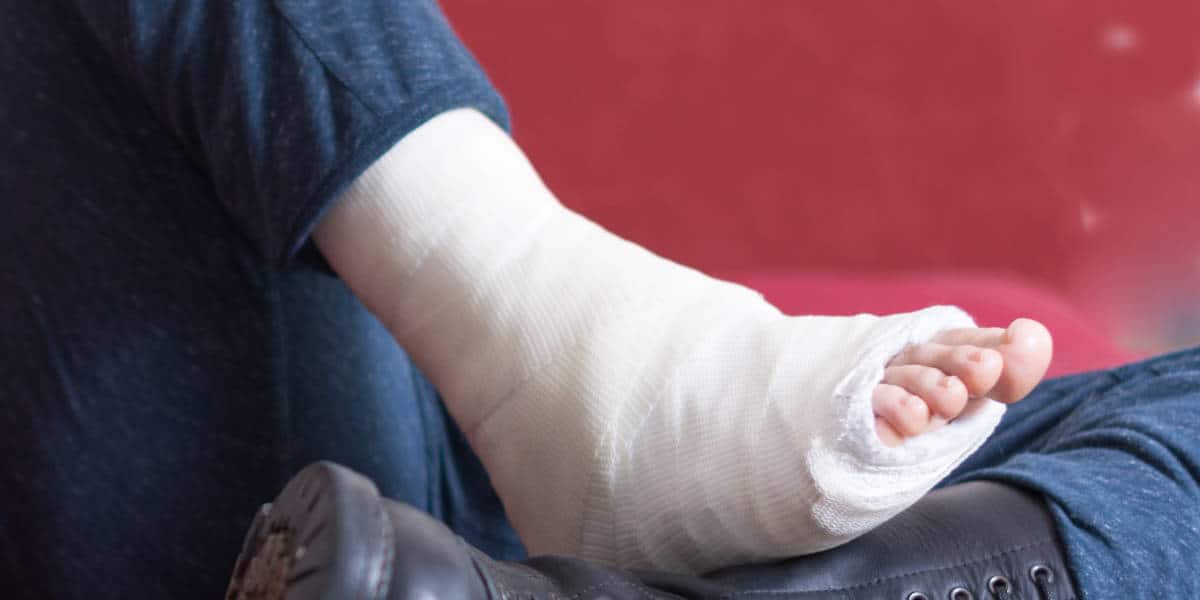 Listen Now
Dr.'s Most Interesting Cases: the Heel that wouldn't Heal!
Read More
Listen Now
Dr.'s Most Interesting Cases: the Heel that wouldn't Heal!
Read More
-
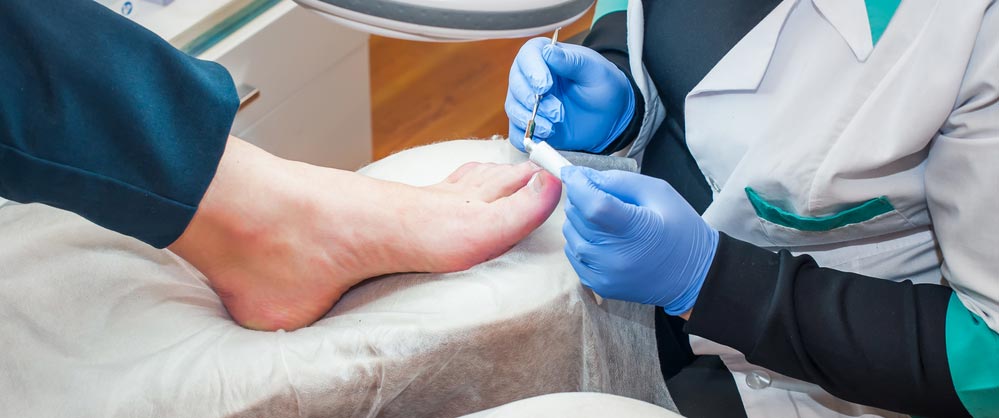 Listen Now
9 Tips to Help Find the Best Podiatrist for Your Foot Care
Read More
Listen Now
9 Tips to Help Find the Best Podiatrist for Your Foot Care
Read More
-
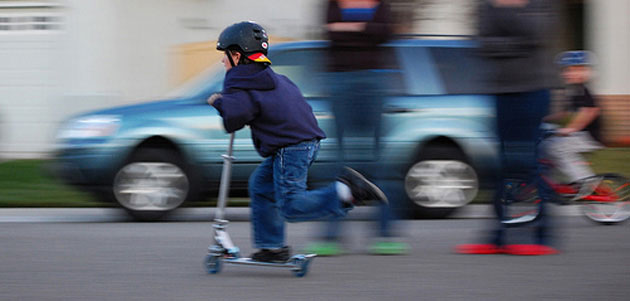 Listen Now
Toy Scooter Related Injuries: what you need to you know
Read More
Listen Now
Toy Scooter Related Injuries: what you need to you know
Read More
-
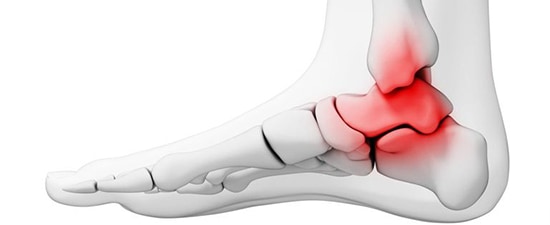 Listen Now
Expert Insights On Treatment Options For Cystic Lesions Of The Talus
Read More
Listen Now
Expert Insights On Treatment Options For Cystic Lesions Of The Talus
Read More
-
 Listen Now
Lawn Mowing Causes Lots of Foot Injuries: How to Stay Safe!
Read More
Listen Now
Lawn Mowing Causes Lots of Foot Injuries: How to Stay Safe!
Read More
-
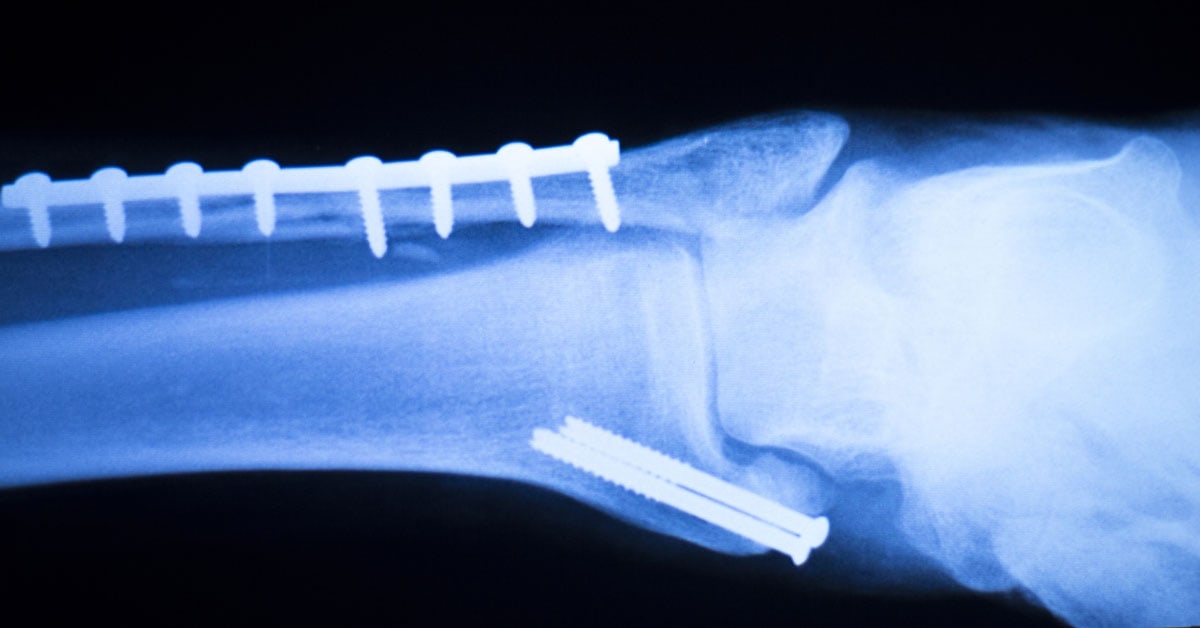 Listen Now
Metal Surgical Screws and Pins May Become Thing of the Past
Read More
Listen Now
Metal Surgical Screws and Pins May Become Thing of the Past
Read More














